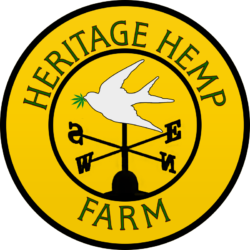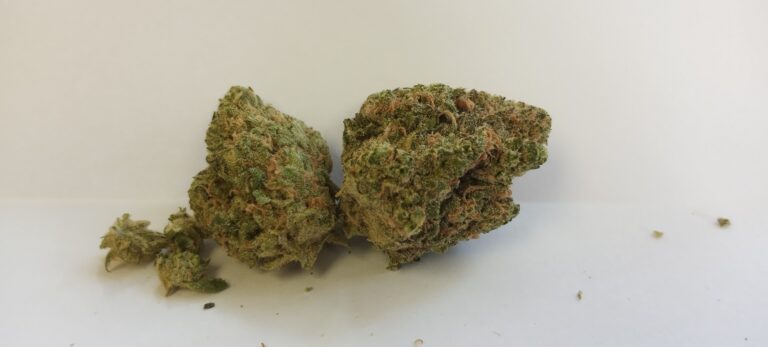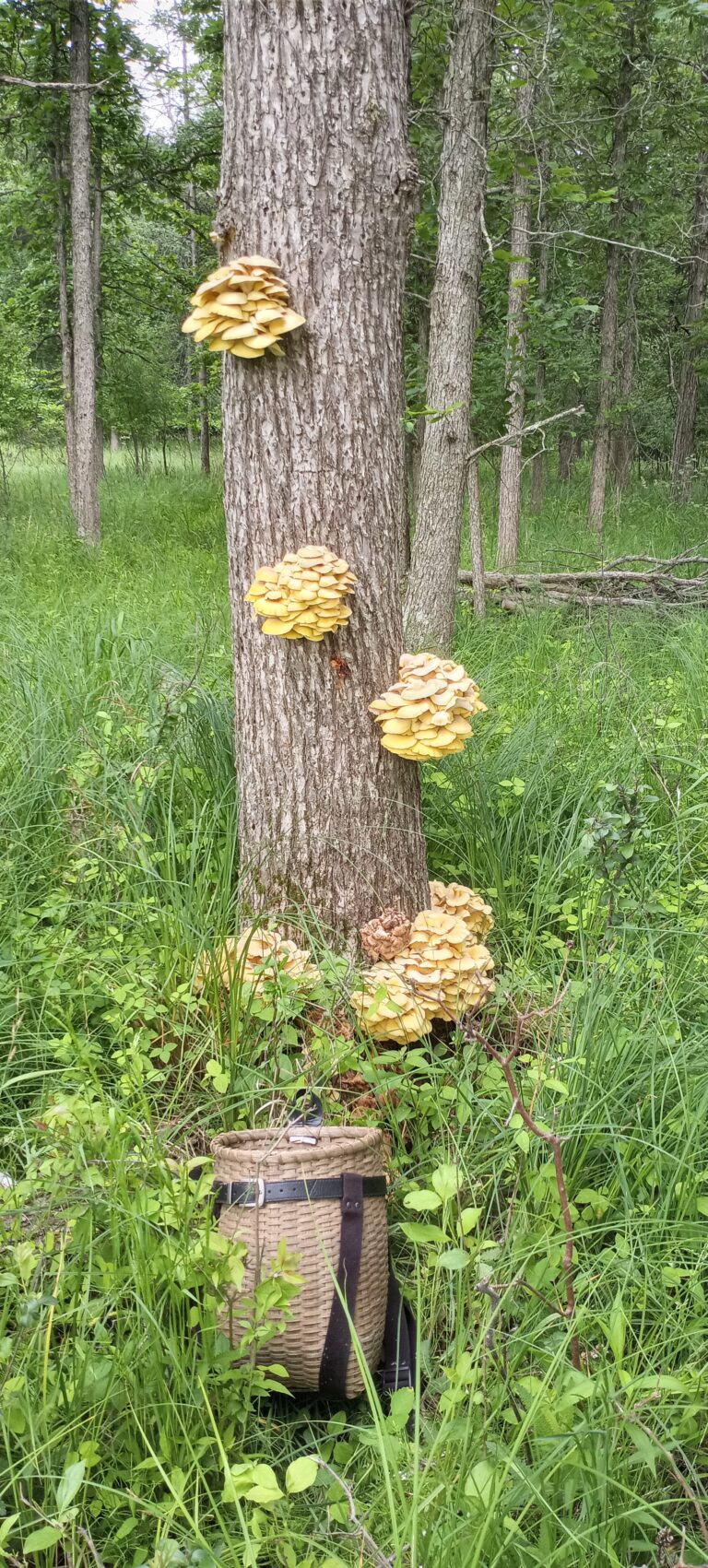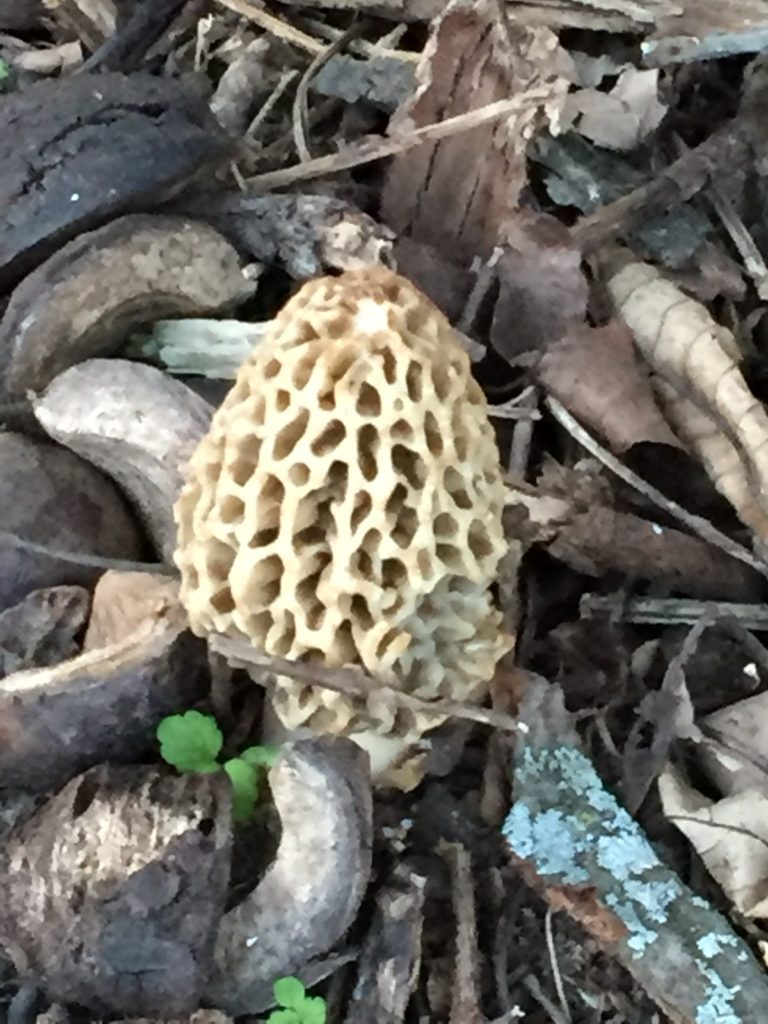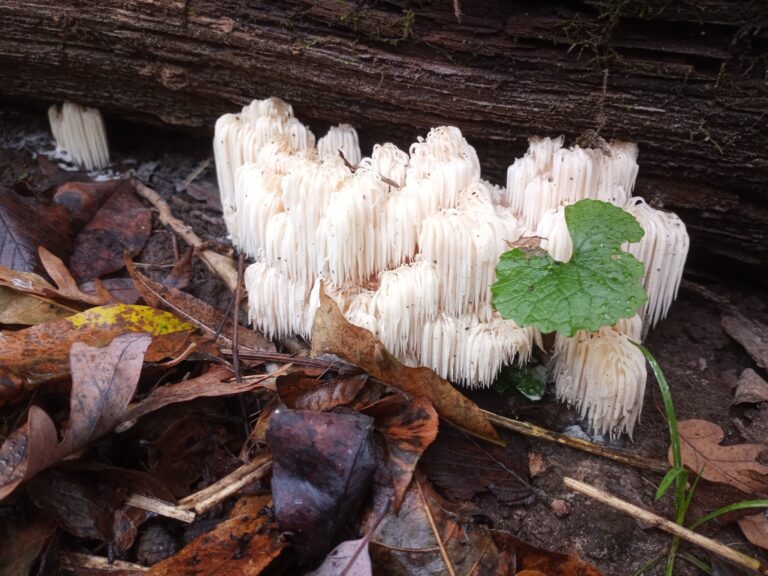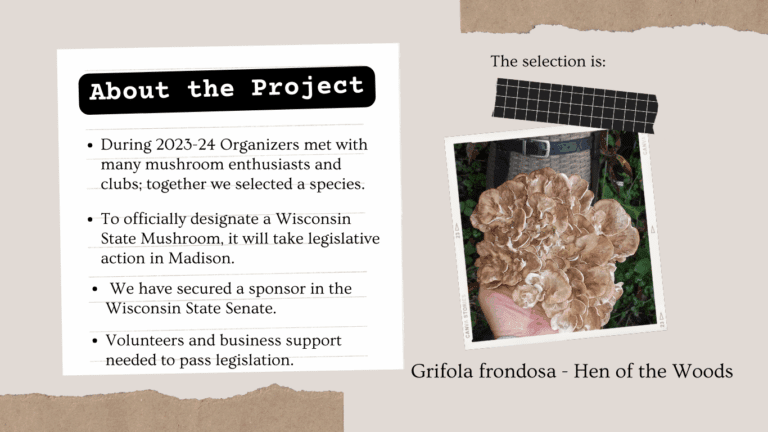Puffball Alley: Giant Puffballs at Heritage Hemp Farm
There’s an enchanting stretch by the creek we fondly call Puffball Alley—a seasonal hotspot where giant puffballs (Calvatia gigantea) flourish. These remarkable mushrooms are not only a fascinating part of our foraging adventures but now also Illinois’s official state mushroom.
1. Discovering Puffball Alley
Every late summer to autumn, the trails and forest by the creek burst to life with massive, round mushrooms. Some can reach the size of a soccer ball—or even larger, with specimens recorded up to 30 inches across and weighing over 50 pounds [1]. I’ve found so many that the area earned its nickname among friends and family.
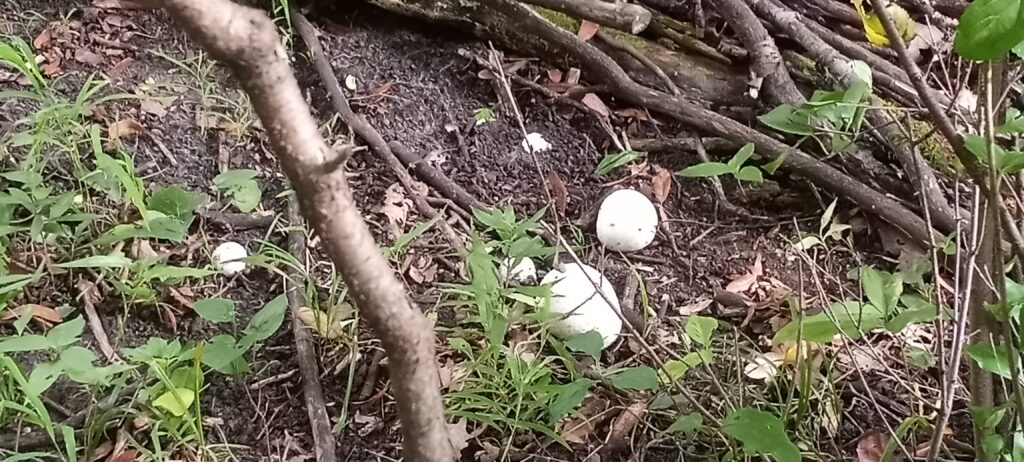
2. About the Giant Puffball
Giant puffballs are easily identifiable by their shape—no cap, gills, or stem—just a smooth, spherical body that releases a cloud of spores when impacted [2]. Inside, they’re white and firm in youth, turning greenish-brown and inedible as the spores mature [3]. Some specimens are legendary, like one in Ontario that tipped the scales at over 50 pounds [4].
Spore production is staggering. A single puffball can generate several trillion spores. If even a tiny fraction germinated, the resulting mushroom mass would be larger than Earth itself [5].
3. State Mushroom of Illinois
In late 2024, thanks to passionate students at Prairie School in DuPage, the giant puffball was officially designated as Illinois’s state mushroom by law (SB3514) [6][7]. Its wide distribution across Illinois’s grassy areas and its unique life cycle made it a perfect symbol to raise awareness about fungi’s ecological importance [8].
4. Foraging and Uses
When young and firm-white, giant puffballs are edible and versatile in recipes. Their texture makes them ideal for slicing into “steaks” or even as a bread substitute, since they absorb flavors beautifully [9]. Historically, they’ve also held medicinal roles—used by Native Americans and medieval healers to stop bleeding or dress wounds [10].
5. Cautions
While relatively easy to identify, proper care is essential. Avoid harvesting if the interior shows colored or powdery spores, which can cause digestive issues [3]. Spore inhalation can also pose respiratory risks, a condition known as lycoperdonosis [11]. Most importantly: never consume without confident identification.
Conclusion
If you’re intrigued by these “giant puffballs,” I’d be happy to walk you through Puffball Alley—identifying puffballs up close or sharing them with you (for purchase or foraging guidance). At Heritage Hemp Farm, I’m a certified forager, deeply committed to both education and conservation. I can help you confidently identify mushrooms—ensuring safety and responsible stewardship. Feel free to reach out if you’d like to explore or learn more!
Whether you’re into cooking, conservation, or curious identification, I’m here to share knowledge, specimens, and guidance. Although I generally forage on private lands, I will surely share my public foraging spots on another project of mine, The Stoner’s Travel Guide to Wisconsin. If you have private lands and want me to walk them with you to identify mushrooms, please do not hesitate to contact me.
Sources
[1] MushroomExpert.com – Calvatia gigantea description
[2] Wikipedia – Calvatia gigantea
[3] Willy’s Wilderness – “Puffball Mushrooms Hard to Resist”
[4] Wikipedia – Giant puffball record specimens
[5] Willy’s Wilderness – Puffball spore production
[6] WTTW – “Illinois Has Its First Ever State Mushroom”
[7] RiverBender – “Gov. Pritzker Designates Official State Mushroom”
[8] CBS News Chicago – “Illinois Names Giant Puffball Official State Mushroom”
[9] Mendham Mushrooms – Culinary uses of giant puffball
[10] Wikipedia – Medicinal uses of puffball mushrooms
[11] The Times UK – Report on lycoperdonosis cases
